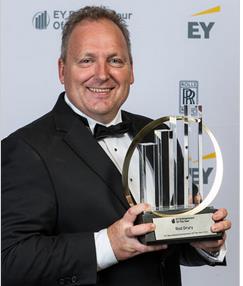 Do you know the man pictured to the left?
Do you know the man pictured to the left?
I’ll admit that he isn’t exactly a household name yet—at least not in the United States. But this former surfer from Hawke’s Bay has been making big waves in his native region!
Let me show you a few images related to the company that he leads as CEO:
[The graph below shows the “Annualized Committed Monthly Revenue” (ACMR) and the “Growth in Customer Numbers” between 2008 and 2011. Now there is a growth curve about which an investor can get excited! ][1]
[The chart below identifies the sources of this customer growth. The primary key takeaway from this graph is that, while growth in its biggest markets (New Zealand and Australia) remains impressive, this company’s presence within the United States remains in its infancy – with year-over-year growth only beginning to get the attention it deserves. It is particularly important to absorb the metrics in the chart’s far right column – illustrating the magnitude of the “potential” market that this company is committed to address and (eventually) transform into customers!] [2]
Now before you start clamoring for the ticker symbol so you can (as Cramer says): “Buy, buy, buy!”… here are some other things you really need to know about this company:
1) It has yet to book a profit (not at all uncommon with new companies). See the financial report below. (6 months of FY 2013 on the left versus the same period during 2012 on the right).
2) From the start, this company has focused on growth through “channels” (CPAs, accounting firms, strategic partners, etc. Thus far, that strategy has proven to be extremely effective. Here is a graph illustrating the most recent one-year growth of “Channel Partners” in the U.S. (and the “Rest of the World” (ROW)).
One extraordinary addition to U.S. “partners” came in the latter portion of 2012, when the U.S. human resources management giant (including payroll and employee benefit management) ADP (ADP)[3] announced that its (at that time) new cloud-based solution (called “RUN”) for small business payroll and tax administration would be integrated with this company’s online software!! It cannot be overestimated how much of a “credibility boost” this decision by ADP has been in the development of this company!
Surely by now your curiosity is driving you crazy and you are itching to get the identity of our mystery executive, the name of the company he runs, and that company’s ticker symbol!
However, friends, I am not done yet! So take a deep breath and read on!
Every company that is growing needs access to enough capital to keep it from running out of cash. This company is certainly not an exception! There are lots of ways to evaluate a CEO’s fund raising skills – such as total amounts raised, timeliness of fundraising, ability to avoid risking a negative “financial event, etc.!” On all of those measures, our mystery CEO receives very high marks!
In fact, below is a graph of the funding history for this company:
Early on, this CEO managed to secure enough capital (from his own assets and from assets invested by those within his existing network) to develop the core of its product, as well as its strategic plan, central infrastructure, and initial customer base. By the summer of 2007, he held an invested capital base of 17 million dollars.
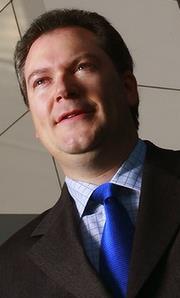 Within less than two years, he told the company’s story so effectively that Craig Winkler (see photo to the left) a founder of MYOB[4], invested 18 million dollars, while simultaneously, a “Private Placement” resulted in an additional 5 million dollars and a “Share Purchase Plan” (SPP) generated 6 million dollars!
Within less than two years, he told the company’s story so effectively that Craig Winkler (see photo to the left) a founder of MYOB[4], invested 18 million dollars, while simultaneously, a “Private Placement” resulted in an additional 5 million dollars and a “Share Purchase Plan” (SPP) generated 6 million dollars!
Much more impressively (since investing money is one thing, while investing time and expertise is something else entirely), Winkler became so enthused about this CEO and his company that Winkler signed on as a non-executive director within the company! That was a huge endorsement for both the executive and the company! It is well worth noting that Winkler’s trust was extremely well rewarded, since within three short years, Winkler stood as the second biggest shareholder of the company (with $125 million in stock)!!
 Approximately 17 months after Winkler invested his stake, an investment world icon, Peter Thiel[5], stepped up to invest 4 million dollars through a venture capital fund (Valar Ventures) specifically created for technologically-based investments beyond the United States!
Approximately 17 months after Winkler invested his stake, an investment world icon, Peter Thiel[5], stepped up to invest 4 million dollars through a venture capital fund (Valar Ventures) specifically created for technologically-based investments beyond the United States!
Within 16 months, an additional 20 million dollars[6] of invested capital came rolling into this company, as these “power investors” stepped up:
a) More funds from Thiel’s Valar Ventures (see his photo below);
b) Sam Morgan (founder of TradeMe;[7] see photo below);
c) Sam Knowles (who helped design Kiwi Bank and then served as its founding CEO;[8] see his photo below);
d) Some institutional investors; and finally, more capital from
e) Craig Winkler.
Adding to the expertise being gathered and focused within this new company, Sam Morgan and Sam Knowles (investors above) joined the Board of Directors… as did Graham Shaw, who has been CEO of two companies and Chairman of five separate organizations. Sam Knowles currently serves the Board as its Chairman. With Craig Winkler continuing to add his knowledge and skills to this rapidly growing enterprise, it is fair to say that our mystery CEO has built an extremely impressive team!
Through the periods described above, this CEO managed to gather investment capital totaling $70 million over the course of approximately six years! That is very impressive, correct?
But that is not anywhere near the whole story!!! Within just another 20 months, this CEO’s storytelling managed to pull in another 255.6 million dollars of investment capital – almost four times as much as raised during the first six years!
A major portion of those fresh funds (60 million dollars) came from Thiel’s Valar Ventures and a Massachusetts-based firm, Matrix Capital Management. The remainder of the funding came from another SPP and a mammoth funding effort that culminated in October of 2013 – when the company became the beneficiary of 180 million dollars. The bulk of that funding is targeted for the company’s next big push toward expansion — into the United States. As we’ve seen, the company already has customers in the U.S. In addition, the CEO created a U.S. Advisory Board in 2009 (Peter Thiel is, of course, a member). But it was just last year (in the fall) that the company opened its first U.S. location – in San Francisco (on Green Street).
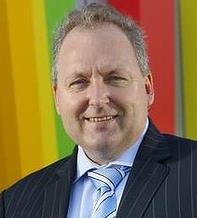 Now get ready, friends! I am about to reveal the identity of our “Mystery CEO”! His name is Rod Drury, and despite the fact that he has created (and later sold) two other software/tech firms during his career (and co-founded a firm that creates tech to improve connectivity across mobile platforms, a firm for whom he remains CTO) before beginning his current 8-year journey of corporate growth, I venture to say that over 98% of America has never seen or heard of him before!
Now get ready, friends! I am about to reveal the identity of our “Mystery CEO”! His name is Rod Drury, and despite the fact that he has created (and later sold) two other software/tech firms during his career (and co-founded a firm that creates tech to improve connectivity across mobile platforms, a firm for whom he remains CTO) before beginning his current 8-year journey of corporate growth, I venture to say that over 98% of America has never seen or heard of him before!
However, I can say without qualification that (at least for those who read Bloomberg News , Barron’s, or the Wall Street Journal, or watch CNBC, Fox Business, or Bloomberg TV) Drury will not remain unknown for much longer! With that huge autumn infusion of new capital, Drury’s United States marketing and sales efforts have now been kicked into high gear – the most obvious evidence of that being the opening of that San Francisco office.
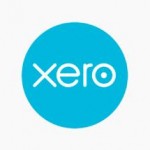 The name of the company Drury founded is unusual (all the better to remember it by): XERO Limited (XRO)[9].
The name of the company Drury founded is unusual (all the better to remember it by): XERO Limited (XRO)[9].
It would be a stark understatement to say that Intuit (INTU), the U.S. accounting software giant that was highlighted days ago (see: https://www.markettamer.com/blog/what-can-walmart-and-google-teach-us-about-the-future-for-intuit) is extremely aware of Drury and his up and coming firm. In fact, during the past couple of years, initiatives undertaken by XRO have directly resulted in action by INTU – varying from the purchase of a workflow application-provider (for linking with Quickbooks and other INTU platforms) to the last minute organization of four regional user conferences to compete with XRO’s big “introductory” U.S. conference last year!
In Part II, we will describe to you how Rod Drury came to develop XRO, and what sets XRO apart from its competitors – both here and abroad – making it a very worthy focus for our attention in the months ahead. We’ll identify the target Drury has identified as a potential “trigger” for a listing of XRO stock on a U.S. Exchange.[10] And finally, we will cover two other issues that could broaden our understanding of life overseas: 1) XRO stock receives considerable negative press in its homeland because it is such a “big fish” in a “small pond” (we’ll offer details); and 2) Drury has not yet been able to convince the New Zealand government of the need to upgrade and expand its internet infrastructure (a topic with an importance that we, at least initially, may not be able to fully appreciate (we’ll explain).
INVESTOR TAKEAWAY: There are few things more exciting to read about in the financial world than an aggressively growing new company with a compelling story. Such stories often combine the specter of big profits (such as the massive growth in the value of Winkler’s shares) with the captivating details of new technologies, our perpetual interest in human achievement, and (to be honest) the allure of hyperbole (why else would anyone listen to a sports broadcast?).
The stories of Rod Drury and XERO Limited (XRO) combine all of these elements into one fascinating mix. Within the current market, XRO is definitely the most comprehensive Cloud-based small business accounting solution. In a fashion similar to Walmart’s (WMT) development during a period of great acceleration in the development of computer technology (giving it an exceptionally significant competitive advantage over the former retail giant, Sears Roebuck, vis-à-vis infrastructure, inventory, and supply chain efficiency), XRO’s birth during the early years of Cloud Development has given it a multi-factored advantage over INTU’s Quickbooks within the SaaS (Software as a Service) space!
Drury and XRO have also made certain engineering and integration choices that have made XRO a much more flexible, adaptable tool than Quickbooks and many other competitors. An argument can be made that, due to the large, legacy, installed customer base still using the “desktop” programs from INTU (including Quickbooks), the engineering and integration choices of INTU more closely resemble those of Apple with iOS (more tightly controlled; less flexible) while XRO might be compared with Android (more flexible and more easily integrated with other products).
None of this means that INTU is destined to suffer a long period of sales/revenue declines; nor does it means that XRO is a “sure” future winner. What it does means is that there is definitely a fascinating study in contrasts to be found in comparing XRO with INTU (don’t forget to re-read https://www.markettamer.com/blog/what-can-walmart-and-google-teach-us-about-the-future-for-intuit).
No one can deny that XRO has fashioned an incredible story thus far! As we have read (and will build upon soon) Rod Drury has seemingly made all the right decisions and taken all the right actions at every turn. The company’s financial growth charts are breathtaking, its customer numbers are trending perfectly, and the credibility of XRO has been established.[11]
However, just as relatively nascent companies can be the most intriguing and profitable within the universe of potential investments – none of us can afford to lose sight of the fact that they are simultaneously among the most risky investments. A genuine element of this “risk” lies in which way that analysts, commentators, brokers, and other financial professional can manipulate the story of a company such as XRO in order to push an IPO, earn a commission, help execute an elaborate PR campaign, or otherwise achieve a self-serving purpose![12]
So I encourage you to savor and reflect upon what Rod Drury and XRO can teach us about such topics as technological change, start-ups, and measured, intentional growth… but always make sure that you don’t become so “sold” on XRO (on any other company) that you lose sight of what we have taught you about reward, risk, expectancy, and investing in accordance with your “plan”!
DISCLOSURE: the author has never purchased a stock on the Australian or New Zealand Exchanges. I am not inclined to buy stocks on the U.S. “pink sheets”. However, I do look forward to the day that XERO can be bought/sold on a U.S. Exchange! Nothing in this article is intended as a recommendation to buy or sell anything. Always consult with your financial advisor regarding changes in your portfolio – either subtractions or additions.
[1] From http://www.xero.com/media/816428/xero_november_2013_investor_presentation.pdf. Warning: the presentation warns it is forward-looking and not (in any way) a solicitation to buy or sell securities!
[2] [2] From http://www.xero.com/media/816428/xero_november_2013_investor_presentation.pdf. Warning: the presentation warns it is forward-looking and not (in any way) a solicitation to buy or sell securities!
[3] Formerly Automatic Data Processing Inc. One in six among all U.S. employees receive their pay via ADP processing! And ADP is one of only four U.S. corporations with a “Triple A Rating” from both S&P and Moody’s.
[4] MYOB was an accounting software provider that Winkler founded… selling to Archer Capital in 2009 for 110 million dollars. With regard to Winkler himself, see: http://www.afr.com/p/technology/numbers_man_craig_winkler_heads_b75UH71AaNe4Wqra4kTm8N
[5] Thiel is a German-born American venture capitalist who may be best known for being the very first “outside” investor in Facebook in 2004, securing a 10.2% stake for a paltry $500,000. And oh, just by the way, Thiel co-founded PayPal with Max Levchin and Elon Musk, and served as PayPal’s CEO. To say that Thiel has a fascinating and powerful network would be an understatement!
[6] “DOLLAR ALERT”: these funding amounts are expressed in “dollars”, but not U.S. dollars! Currently, the NZ$ is worth about $0.83 in U.S. dollars.
[7] TradeMe is the largest internet auction site in New Zealand.
[8] KiwiBank is a “value” bank that is a wholly owned subsidiary of the NZ Post—it competes with other country banks on price and is more efficient than those banks, as well as receiving more favorable customer feedback.
[9] ESSENTIAL NOTE: Xero Limited is not yet listed on a U.S. Exchange; it has been listed on the New Zealand Exchange since 2007, and on the Australian Exchange since 2012. It is tradable via U.S. “pink sheets” – but with (on 2/25) a bid/ask spread of 18 cents. If an investor wants to purchase XRO, it is best to inquire how she/he can buy an Australian or NZ-listed stock.
[10] Of course nothing is a “certainty” until it actually occurs; but imagine what potential a growth story like XRO could have if it became available within a super liquid U.S. stock market!
[11] Established by both market forces and the big-name investors in XRO who have “jumped on board” with both feet!
[12] In fact, one reason why you read and trust what you read here within this blog is (I hope) the fact that you know with certainty that no one hires Market Tamer to write these much-researched and absolutely candid articles with the intention of misrepresenting anything or manipulating anyone.
Related Posts
Also on Market Tamer…
Follow Us on Facebook

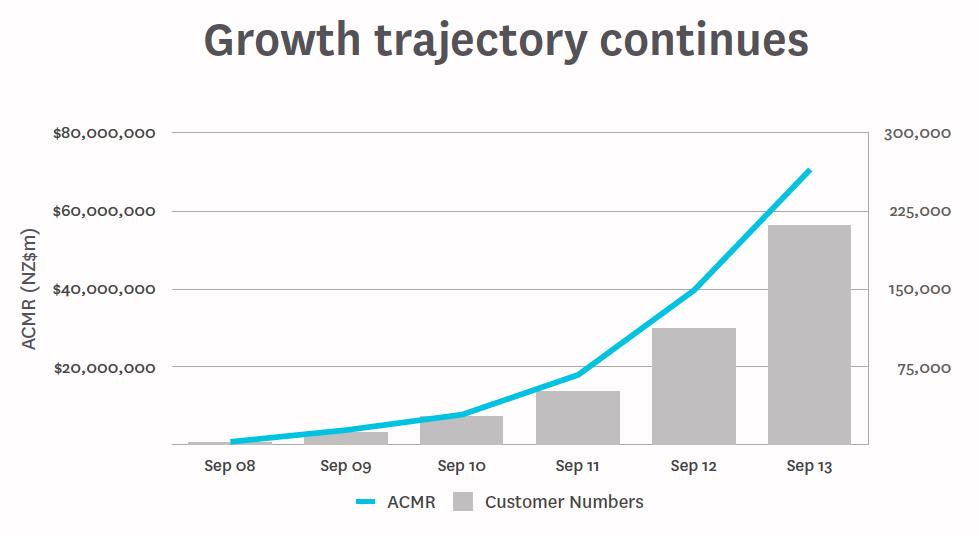
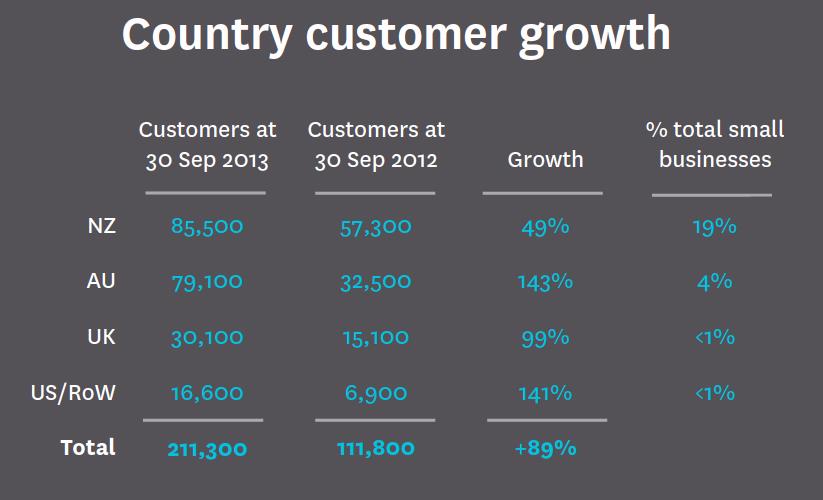
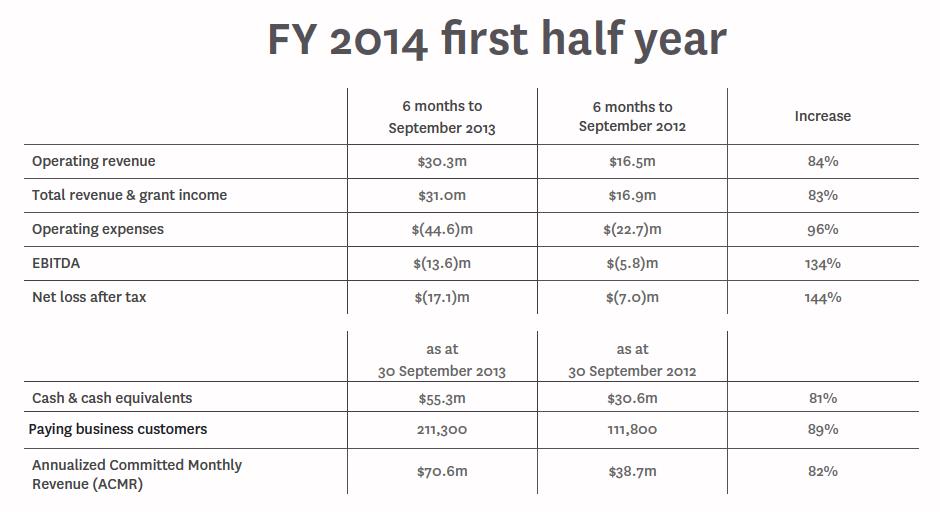
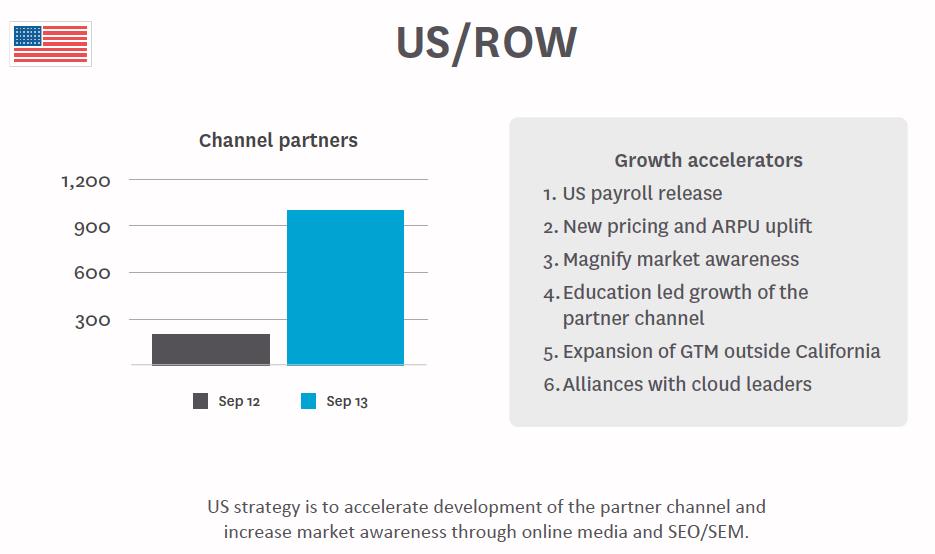
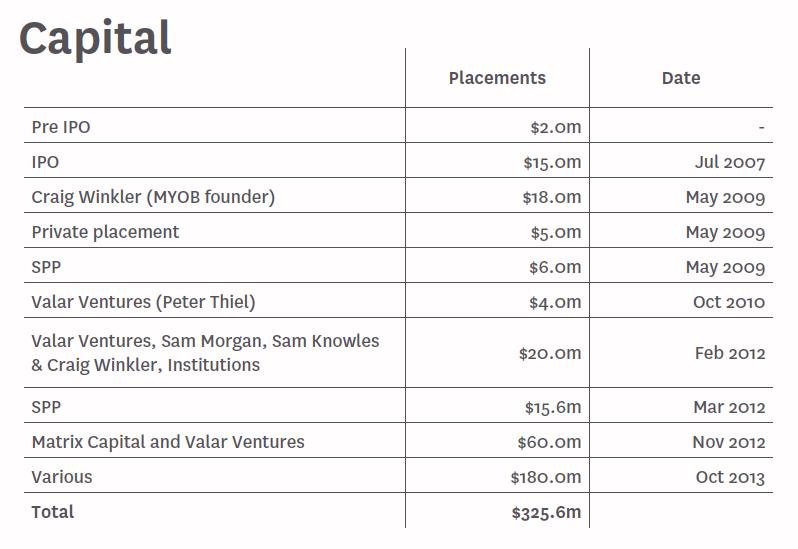
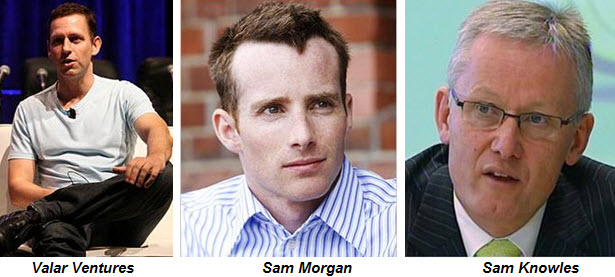
 3 Things That Need to Happen for Bitcoin to Reach $200,000
3 Things That Need to Happen for Bitcoin to Reach $200,000

